What are the social determinants of health and how do they impact you?
This is one part of a series of blog posts related to the Thrive Healthcare Impact Fund by Thrive fellow Pamela Dow, MS, PHR, SHRM-CP.
The “social determinants of health” have made an emergence over the last several years, appearing on the news and in the literature. What are the social determinants of health and how do they impact you? According to Healthy People 2030 and the U.S. Department of Health and Human Services, the social determinants of health can be grouped into five dimensions: economic stability, education access and quality, healthcare access and quality, neighborhood and built environment, and social and community context. Let’s break down each of these categories further.
Economic Stability
Economic stability can be defined in multiple ways. The Office of Disease Prevention and Health Promotion focus on elements of poverty, affordable housing, and access to healthy foods and healthcare. Economic stability also considers steady employment, the ability to work, and affordability of basic living needs. As it can also impact where an individual or family lives, this can impact access to education.
Education Access and Quality
Education access and quality has several contributing factors. Additionally, children from low-income families or those who experience social discrimination or status poverty, are less likely to perform well in school, and therefore access to higher education opportunities may also be limited. As these children age, access to higher paying jobs and livable wages may be dependent on their access to higher education, and this could result in the inability to attain affordable, safe housing, health insurance, and access to healthy foods.
Healthcare Access and Quality
As noted above, healthcare access can be impacted by economic stability and education access. However, quality is another important component of this determinant that should be addressed. Economic stability can certainly impact your ability to afford and access quality healthcare, but access and quality go hand in hand. While you may be able to afford a visit to your primary care physician, you may not be able to afford to take time off work to see the doctor, afford access to a specialist, or even afford medications.
Neighborhood and Built Environment
When you hear neighborhood and built environment, you may think infrastructure, but there is more than meets the eye with this determinant. Neighborhood and built environment also considers the safety of the neighborhood, including violence, crime, unsafe air or water, and other health and safety risks. Another component is the promotion of healthy neighborhoods, including sidewalks, walkability, and bike lanes.
Social and Community Context
Social and community context focuses on how positive community and personal relationships can reduce the negative impact of living in unsafe neighborhoods, struggling financially, or things that are out of someone’s control. Support from loved ones and your community are imperative for improving physical and mental well-being, and this determinant is an essential component of healthy living.
In the Real World
Even if you have never heard of the social determinants of health, there are numerous occurrences that highlight their impact in recent history. A well-known example is the ongoing water crisis in Flint, Michigan, where a seemingly simple swap in a city’s water source resulted in nearly a decade of unsafe drinking water due to pipe corrosion and erosion (Denchak, 2018; Raphelson, 2017). Though recent testing has shown the lowest levels of lead in the water since the crisis was elucidated by the community, this does not mitigate the dangers posed from the high levels of lead exposure in previous years. While the long-term effects of lead exposure are unknown, it is anticipated that children will have long term cognitive impairment and behavioral issues. Children who were impacted by the Flint water crisis will have to overcome these barriers their entire lives. For families already struggling in Flint, Michigan, treatment for children and families, in addition to the increased need for proper nutrition and behavioral therapy, can be costly (Denchak, 2018; Raphelson, 2017). Here we can see how the social determinants of health and how they work together to impact both communities and individuals.
You can learn more about the Social Determinants of Health at: https://health.gov/healthypeople/objectives-and-data/social-determinants-health
Other References:
Denchak, M. (2018, November 8). Flint Water Crisis: Everything You Need to Know. Natural Resources Defense Council. https://www.nrdc.org/stories/flint-water-crisis-everything-you-need-know
Raphelson, S. (2017, October 31). Flint Residents Confront Long-Term Health Issues After Lead Exposure. National Public Radio. https://www.npr.org/2017/10/31/561155244/flint-residents-confront-long-term-health-issues-after-lead-exposure
About the Author
Pamela Dow Ruth, MS, PHR, SHRM-CP is an experienced clinical research professional with a background in human resources, higher education, health administration, medical writing, and strategic planning. Pam is earning her PhD in Public Affairs – Health Services Management & Research at the University of Central Florida. She previously served as the 2021 Central Florida Foundation’s Thrive Healthcare Fellow. Additionally, Pam is the proud recipient of the Gerald-Mark Breen Memorial Scholarship and the Reuel Buchanan Aspire To Inspire Scholarship.
